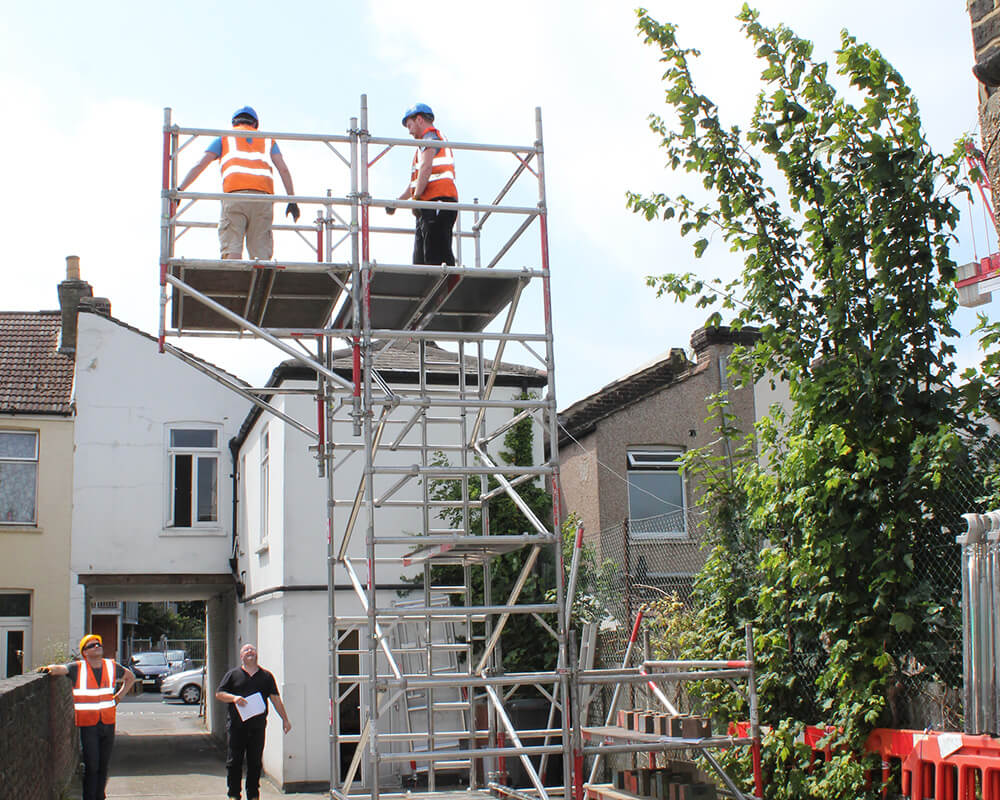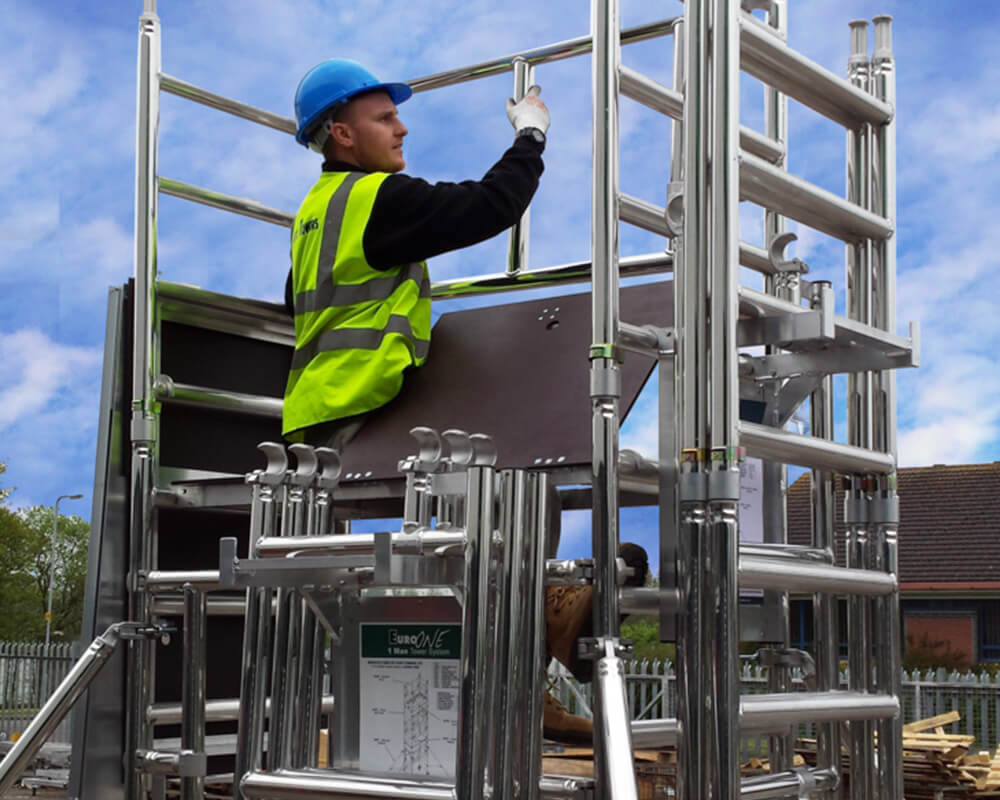Efficient Scaffold Hire: Maximising Your Project’s Potential
When it comes to construction and renovation projects, scaffold hire plays a crucial role in ensuring safety, efficiency, and productivity....
October 14, 2024
In the fast-paced world of construction, maintenance, and repair, scaffolding towers play a pivotal role in ensuring safety and efficiency. Whether you’re a contractor, a DIY enthusiast, or a business owner planning a renovation, hiring scaffolding towers can provide the elevation and stability you need to get the job done right. Here’s everything you need to know about scaffolding towers to hire.
Scaffolding towers, or scaffold towers, are temporary support structures used to provide workers with a stable and secure platform at various heights. Unlike traditional scaffolding systems that are assembled in place, scaffold towers are modular, easy to assemble, and often come with wheels for mobility. They are ideal for tasks such as painting, cleaning, maintenance, construction, and repairs where access at height is required.
Mobile scaffold towers are equipped with locking wheels, allowing easy movement from one area to another without disassembly. These are particularly useful in situations where frequent relocation is necessary.
Static scaffold towers are fixed in place and provide a stable working platform. They are commonly used for longer-term projects where the tower can remain in a single location throughout.
Adjustable scaffold towers have variable height settings. This adaptability makes them suitable for tasks requiring access to different heights, providing flexibility for diverse projects.
Cantilever scaffold towers have extensions that protrude beyond the base footprint, allowing workers to navigate obstacles such as buildings and rooftops safely.
Safety should be your top priority. Ensure that the scaffolding tower complies with local safety regulations and standards. Check for features such as guardrails, locking wheels, and stabilisers to prevent accidents.
Different tasks require different load capacities. Be sure to choose a scaffold tower that can support the combined weight of the workers, tools, and materials.
Determine the height you need to reach and choose a scaffold tower that provides adequate elevation. Make sure to account for the height of the working platform in relation to the task.
Opt for scaffold towers that are easy to assemble and dismantle. Some models come with tool-free assembly, making them convenient and time-efficient.
If your project requires frequent movement, a mobile scaffold tower with lockable wheels is essential. Ensure the wheels are sturdy and can handle the terrain of your worksite.
Consider how long you’ll need the scaffold tower. Some suppliers offer daily, weekly, or monthly rental options. Choose a plan that aligns with your project timeline to manage costs effectively.
Hiring scaffolding towers can be more cost-effective than purchasing, especially for one-time projects or infrequent use. You save on maintenance, storage, and upfront purchase costs.
Renting allows you to choose the right type of scaffold tower for each specific task without being tied down to one particular model.
Rental companies often provide maintenance and support, ensuring that the equipment remains in good condition and meets safety standards.
Hiring eliminates the need for storage space, which can be a significant advantage for businesses with limited facilities.
When it comes to accessing work at height, scaffolding towers offer versatility, safety, and efficiency. By considering the type of scaffold tower you need, assessing key safety features, and evaluating rental terms, you can ensure a smooth and successful hiring experience. Investing time in selecting the right scaffolding tower for hire not only boosts productivity but also enhances safety, making it an invaluable asset for your next project.
If you’d like to find out more about the range of scaffold towers that you can hire from Access Towers, get in touch today. For more information about our product range and professional services call 0208 665 1181 or send us a message online and we’ll get back to you as quickly as possible.
When it comes to construction and renovation projects, scaffold hire plays a crucial role in ensuring safety, efficiency, and productivity....
October 14, 2024
Tower scaffolds are essential structures in the construction industry, providing safe and stable platforms for workers to carry out tasks...
September 7, 2024
Anything above ground level is considered Working at Height. Access Towers are a large provider of PASMA Training and sit within the top 5% in the UK, allowing us to train the full range of 1-Day PASMA Courses to suit any of your work at height Tower Training requirements.
It is recommended by Health & Safety standards that those who are assembling Towers should be PASMA Trained. This will give operatives a 5-year qualification of competency for the use of mobile towers.
Certifications will vary depending on what equipment you’re hiring. It’s always best to speak with our Hire Desk if you are unsure, where they can advise what will be best for you or in more advanced working conditions, we can install onsite.
Training courses are for anyone using the equipment, from commercially to domestically. These will range from PASMA Training for the use of Towers, IPAF Training for the use of MEWPS as well as various other courses such as Safety Harness Training and First Aid.
Our Hire Desk are trained across the full range of work at height stock available and will be able to advise and assist cost-free.
We aim for a next-day turnaround, this is dependent on the transport routes and how busy we are at the time. It works both ways and could be earlier than your requested date.

